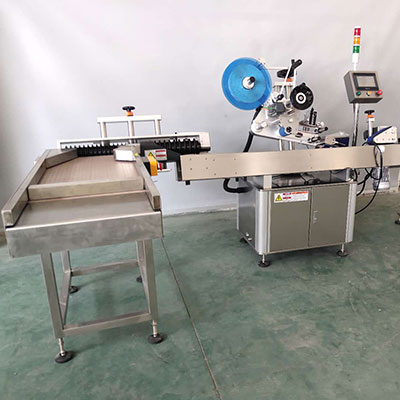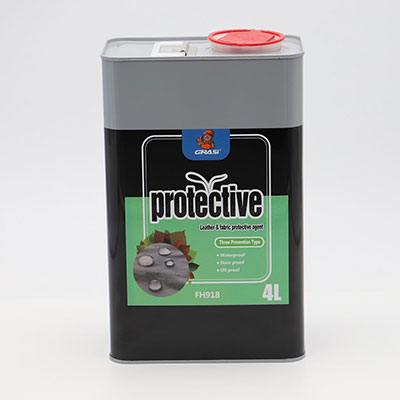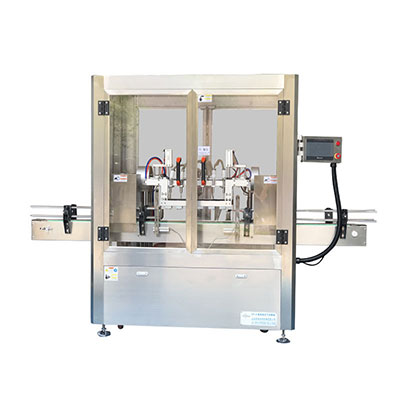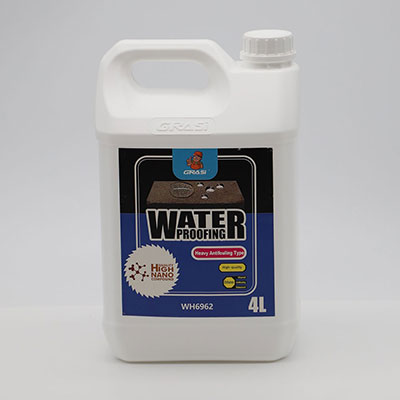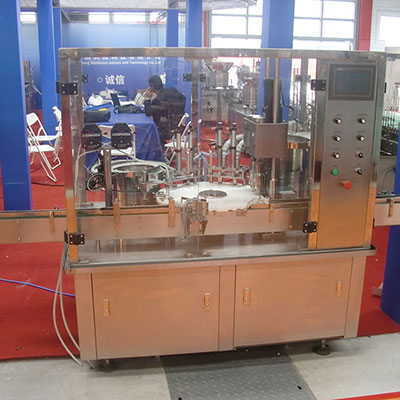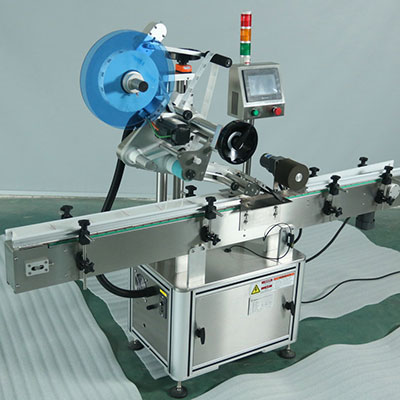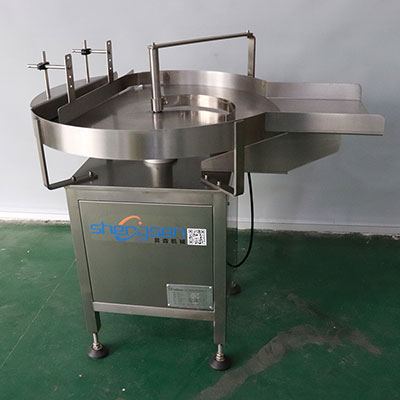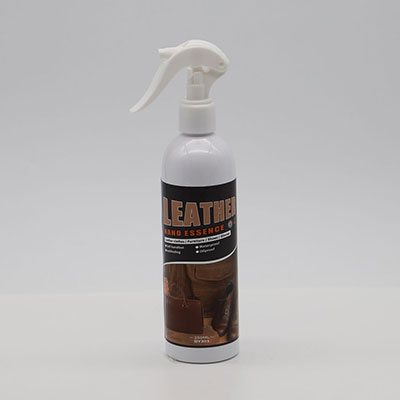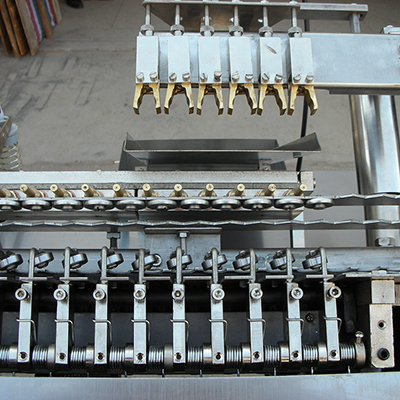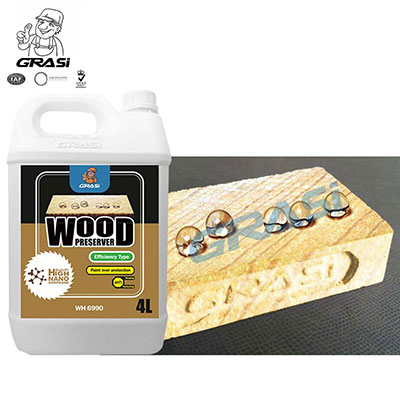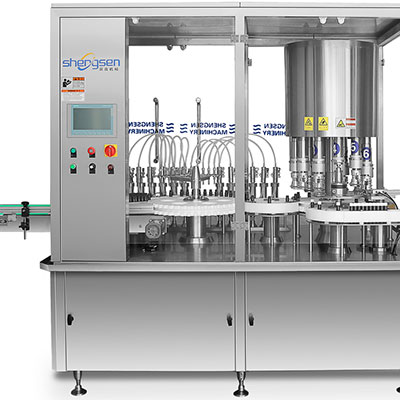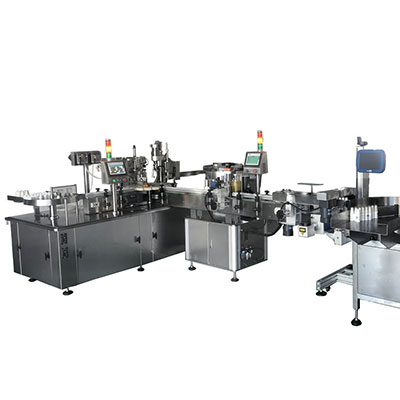PL Series Vertical Shaft Impactor
Overview
The PL series vertical shaft impactor is specially designed for material-to-material and material-to-iron impact and crushing. It comes with stone-to-stone (PL) and stone-to-iron (PLST) chambers. The stone-to-stone chamber is mainly used for hard material crushing with sand making rate of over 40%. The stone-to-iron chamber is suitable for mid-hard material crushing with sand making rate of more than 60%. The two crushing modes are interconvertible to adapt to different materials.
Application
This impact crusher is extensively applied to non-metallic ore, water conservancy and hydropower, fireproofing material, building, high-grade highway, railway, and many other industries.
Especially for granite, basalt, diabase, sandstone and other mid-hard, hard and corrosive materials, our vertical shaft impactor enjoys exceptional advantages. In respect of sand making, its crushing capability is more superior to similar products. Hence, it is the ideal sand making equipment.
Performance Features
1. Our vertical shaft impactor adopts rotor and robust chamber design, featured by large production capacity, high sand making rate and good product shape.
2. With simple and rational structure, it enables material self-impact, thereby crushing efficiency is high and production cost is extremely low.
3. Particular observation door is configured, which can be easily opened and closed, and is designed with dual-protection mechanism.
4. We provide self-made quick-wear parts in liberal supply, making for convenient daily maintenance and reducing maintenance cost.
5. The vertical shaft impactor for basalt runs stably with small noise, high efficiency and low energy consumption.
6. It won't be affected by moisture content of materials, and the moisture content of final products can be down to 8%.
7. Some of quick-wear parts are made from ultra-hard wear-resistant material, characterized by small size, light weight, low abrasion rate and replacement easiness.
8. The vortex chamber of our vertical shaft impactor enables internal airflow self-circulation, thus dust pollution is effectively avoided.
9. The liners inside impeller and vortex chamber largely decrease wear-out part costs and maintenance load.
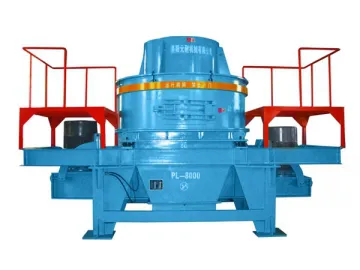
Technical Parameters
| Serial NO. | Model | Max. feed size (mm) | Impeller speed(r/min.) | Motor power (KW) | Production capacity (t/h) | Overall Dimensions (mm) | Weight (t) |
| 1 | PL-550 | 30 | 2258-2500 | 30-45 | 24-60 (-5mm, 30-60%) | 2555×φ1660×2408 | 5300 |
| 2 | PL-700 | 35 | 1775-1965 | 55-90 | 55-95 (-5mm, 30-60%) | 3395×φ1840×2813 | 7980 |
| 3 | PL-850 (D) | 50 | 1460-1620 | 55-160 | 100-220 (-5mm, 20-60%) | 3630×φ2150×2800 | 11700 |
| 4 | PL-850 | 50 | 1460-1642 | 110-180 | 113-240 (-5mm, 20-60%) | 4650×φ2150×2800 | 12300 |
| 5 | PL-1000 | 60 | 1242-1375 | 220-264 | 180-345 (-5mm, 20-60%) | 5000×φ2220×3700 | 17350 |
| 6 | PL-1200 | 60 | 850-1150 | 320-500 | 315-580 (-5mm, 20-60%) | 5500×φ2600×3650 | 22000 |
Notes
1. Production capacity in the table is achieved under three conditions as follows:
a. Compressive strength of limestone is ≤150MPa.
b. Bulk density is 1.6t/m3.
c. Feed is continuous and sufficient.
2. This machine is adaptive to different installed power based on standard production capacity.
3. Product output is closely related to factors like material variety, power, impeller speed, crushing chamber construction, feedstock granular composition, craft, etc.
Links:https://www.globefindpro.com/products/79093.html
-
 Seamless Steel Structural Pipe, Delivery Pipe
Seamless Steel Structural Pipe, Delivery Pipe
-
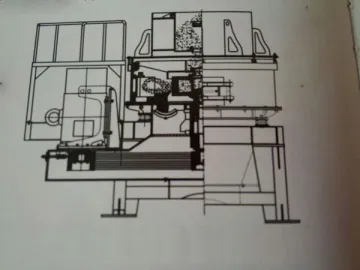 NVIS Series Vertical Shaft Impactor
NVIS Series Vertical Shaft Impactor
-
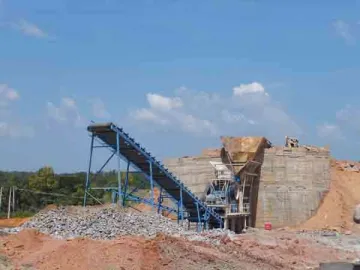 Belt Conveyor
Belt Conveyor
-
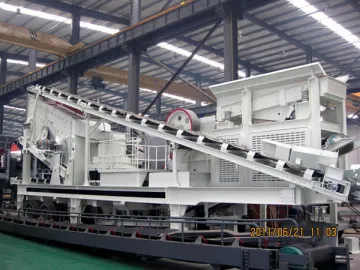 Mobile Compound Crusher
Mobile Compound Crusher
-
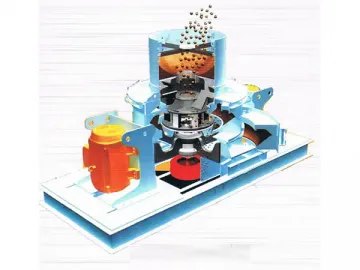 PCL Series Vertical Shaft Impactor
PCL Series Vertical Shaft Impactor
-
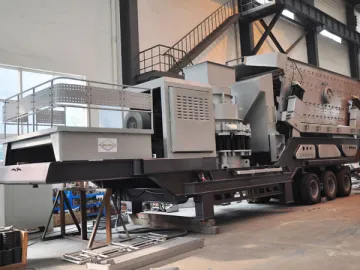 Mobile Cone Crusher
Mobile Cone Crusher
-
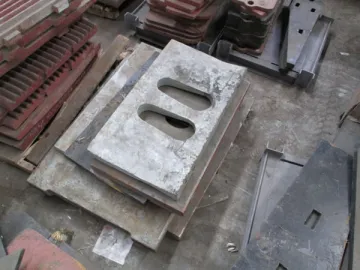 Jaw Crusher Parts
Jaw Crusher Parts
-
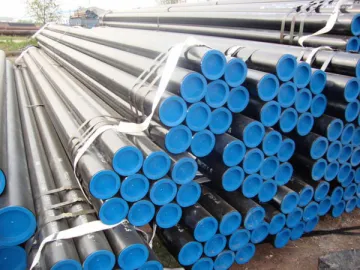 Hot Rolled Seamless Steel Pipe
Hot Rolled Seamless Steel Pipe
-
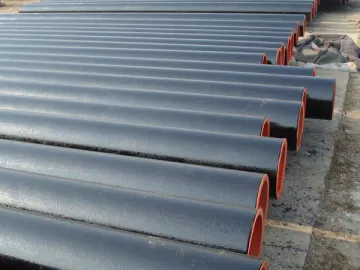 Seamless Steel Pipe for Boiler
Seamless Steel Pipe for Boiler
-
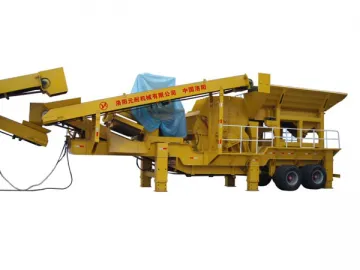 Mobile Impact Crusher
Mobile Impact Crusher
-
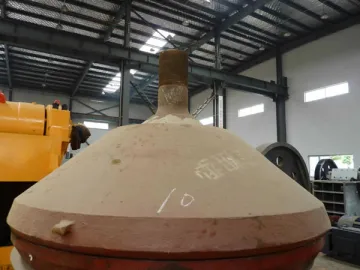 Cone Crusher Parts
Cone Crusher Parts
-
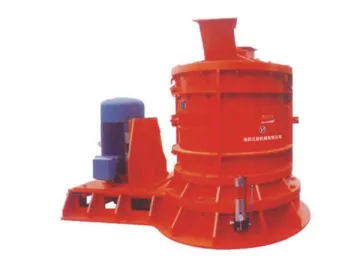 PFL Series Compound Crusher
PFL Series Compound Crusher
